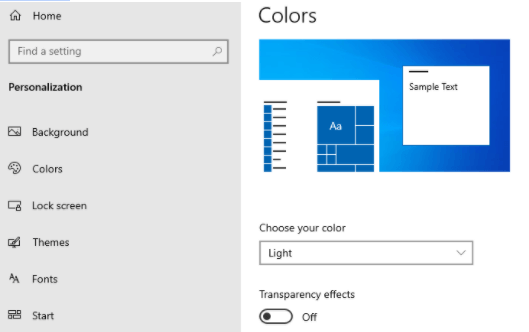

- #WAYS TO INCREASE EMULATOR SPEED ANDROID STUDIO MAC HOW TO#
- #WAYS TO INCREASE EMULATOR SPEED ANDROID STUDIO MAC INSTALL#
- #WAYS TO INCREASE EMULATOR SPEED ANDROID STUDIO MAC FULL#
- #WAYS TO INCREASE EMULATOR SPEED ANDROID STUDIO MAC DOWNLOAD#
Inside the emulator, the IP address 10.0.2.2 refers to the host OS. You can, for example, map to go to a specific IP address, similar to how DNS works for most domains. This file is the file that tells your OS what path a given domain has.

Upon running these commands, you’ll find a hosts file. Once you’re done with running the emulator, open a new tab and run the following commands (in a folder you want to have the host file within): These pretenses will allow you to write to any file on your OS, including the host file.

This will start the emulator under specific pretenses.
#WAYS TO INCREASE EMULATOR SPEED ANDROID STUDIO MAC FULL#
~/Library/Android/sdk/emulator/emulator -writable-system -netdelay none -netspeed full -avd Nexus5 Once in that path, you want to run a specific emulator command: For Windows, this should be C:\Users\AppData\Local\Android\sdk.For MacOS, this should be under ~/Library/Android/sdk.Once the AVD is initially setup, open your terminal, and find your installation path of Android Studio. I’d suggest you name it something without any spaces in order to run a command later that you’ll need to run. It’s worth noting that we specifically must select a non-Google version, otherwise our future commands will not work (per Google’s restrictions on Google API images).Īfter this step, proceed to name the Android Device.
#WAYS TO INCREASE EMULATOR SPEED ANDROID STUDIO MAC DOWNLOAD#
To do this, I selected the x86_64 Android 7.1.1 (non Google API version) image to download and then selected Next. In order to do so, we have to download an older Android image (and one that does not include Google Play Store). In my example, I selected Nexus 5, but any device definition of a relatively modern phone should work.Īs mentioned before, the default images that are provided will not allow us to replace the host files. Select Create Virtual Device, then select a device type. This will allow us to change the host file in Android, which requires root (something the default images won’t allow). While the virtual device that was setup out-of-the-box is fine for most operations, we’ll want to setup an older version of the emulator. They include the version of the operating system you use when you boot up the device. You may already have a virtual device setup from the initial setup of Android Studio.

These are devices that will be used in order to run an emulator. You’ll see a popup window that will show you the list of virtual devices. Then press the “AVD Manager” in the sub-menu. Then, press “Configure” in the bottom right corner. Once you have Android Studio installed, we’ll need to setup an emulator.
#WAYS TO INCREASE EMULATOR SPEED ANDROID STUDIO MAC INSTALL#
#WAYS TO INCREASE EMULATOR SPEED ANDROID STUDIO MAC HOW TO#
The only problem then, is how to get the host file to match your desktop environment. With the ability to use a remote Chrome debugger from your desktop to a mobile device, you can use an emulator and still have your full Chrome debugging capabilities. However, due to some cross-origin resource sharing (CORS) issues on my server, I had to serve my development environment from a changed hostfile that had a specific subdomain of my project. While working on a bug in one of my projects recently, I found an issue that I could only recreate on an Android device.


 0 kommentar(er)
0 kommentar(er)
